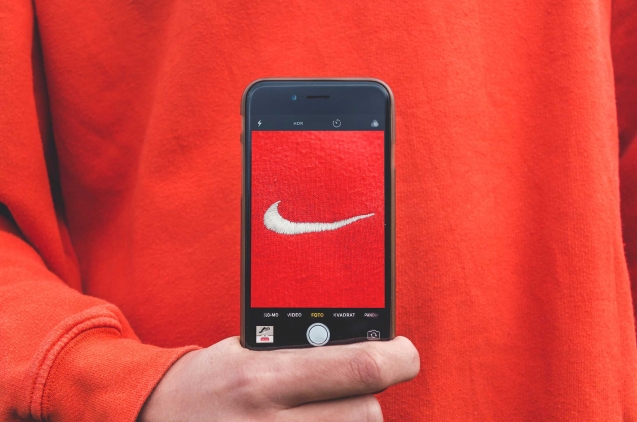Making lists is always hard. You feel like you’re leaving out important things and that makes you wonder if you’re being unjust. In any case, these 5 designers have undoubtedly influenced a profession that becomes increasingly tied to new tools and technologies. These 5 showed that a designer’s most important tool has been and will always be the ability to communicate creatively.
1. Paul Rand
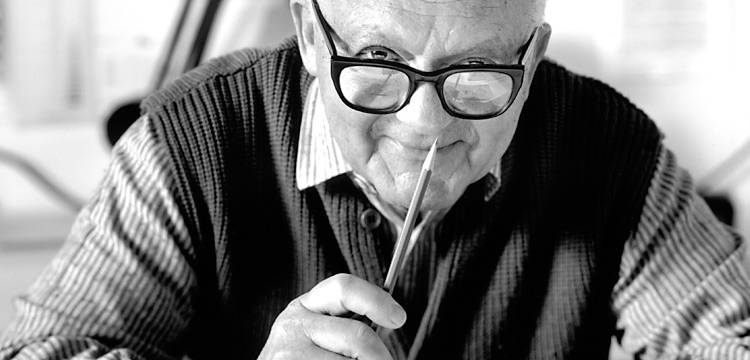
A notable professional, Paul Rand has worked with large corporations like IBM, ABC, Enron, Ford and NexT. In all of those, Rand showed the principles of European modernism to the US, combining Russian constructivism, Dutch De Stijl and Bauhaus’ German rationalism. His sober designs go for simplicity, without undermining the communication of the logo. In his own words, “design is simple. That’s why it’s so complicated”.
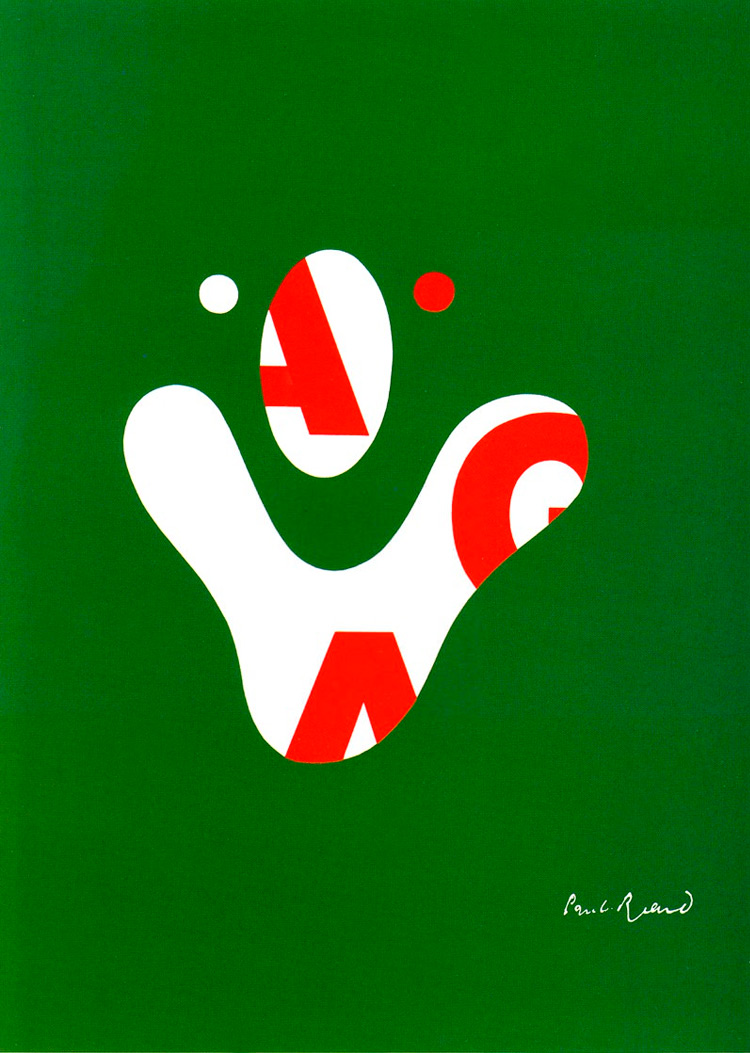



2. Storm Thorgerson
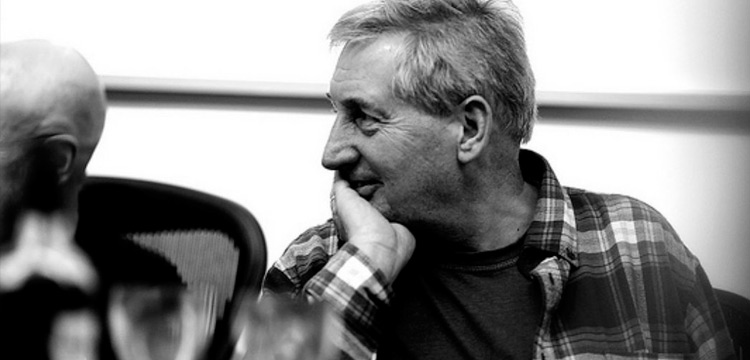
Born in the United Kingdom, this recently deceased graphic designer was known for his creation of the iconic covers for Pink Floyd, such as “The Dark Side of the Moon”. Imaginative, creative and surreal, his style made him a leading artist during his time. In addition to his work with Pink Floyd, Thorgerson collaborated with Led Zeppelin, Peter Gabriel, Phish, Styx, The Cranberries and Muse, among others.
-de-Pink-Floyd.jpg)
'Dark-side-of-the-moon' (1973) Pink Floyd
-de-Pink-Floyd.jpg)
'Animals' (1977) Pink Floyd
-de-Pink-Floyd.jpg)
'Wish you were here' (1975) Pink Floyd
-de-Pink-Floyd.jpg)
'The division bell' (1994) Pink Floyd
-de-Peter-Gabriel.jpg)
'Peter-Gabriel' (1978) Peter Gabriel
-de-The-Cranberries.jpg)
'Bury the hatchet' (1999) The Cranberries
-de-Muse.jpg)
'Black holes and revelations' (2006) Muse
3. Shigeo Fukuda
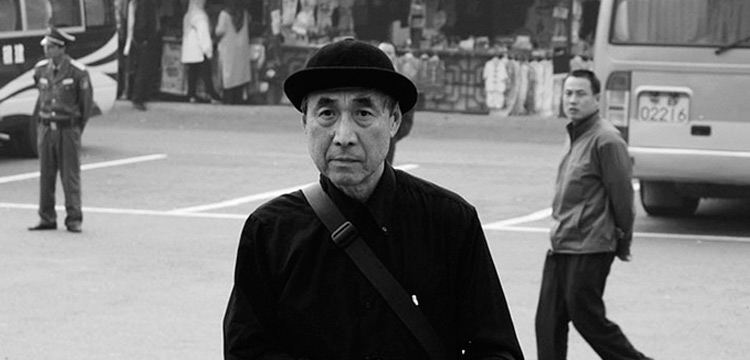
Fukuda was born in Tokyo in 1932 to a family dedicated to making toys. His childhood was marked by World War II and Japan’s defeat, an experience that would affect the peaceful social nature of his work.
After the war, he studied at the Tokyo University of the Arts where he graduated in 1956.
Fukuda became a master of the poster, a field in which he experimented with optical illusions in the style of M.C. Escher and others, mixing the Japanese tradition of origami with a powerful graphic style based on black illustration over a strong, bold colored background.





4. Milton Glaser
Milton’s mind has created some of the United States’ most important designs. He was the cofounder of Pushpin Studios and created, along with Clay Felker, the well-known cover of New York Magazine. He joined with Walter Bernard at WBMG where he redesigned newspapers like The Washington Post, La Vanguardia and O’Globo.
His talent his been exhibited in various galleries and permanent collections outside of the US. According to the artist, his designs don’t follow a fixed style, but in general are characterized by direct, simple and original concepts. One of his most famous creations is the famous “I Love New York” logo.



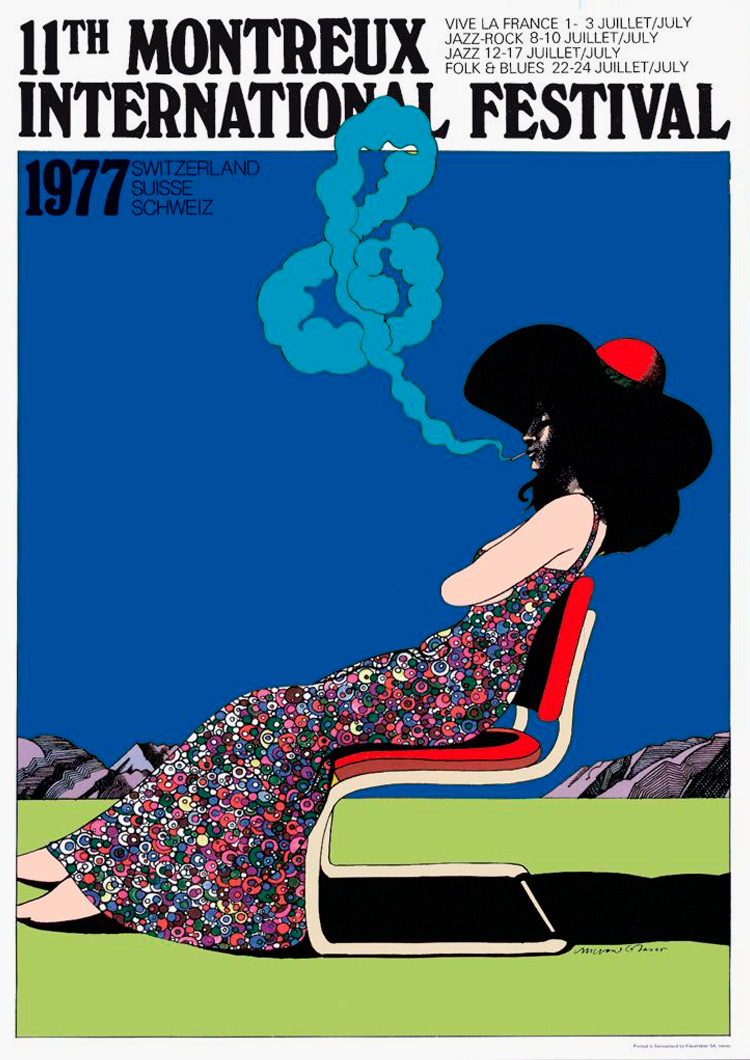

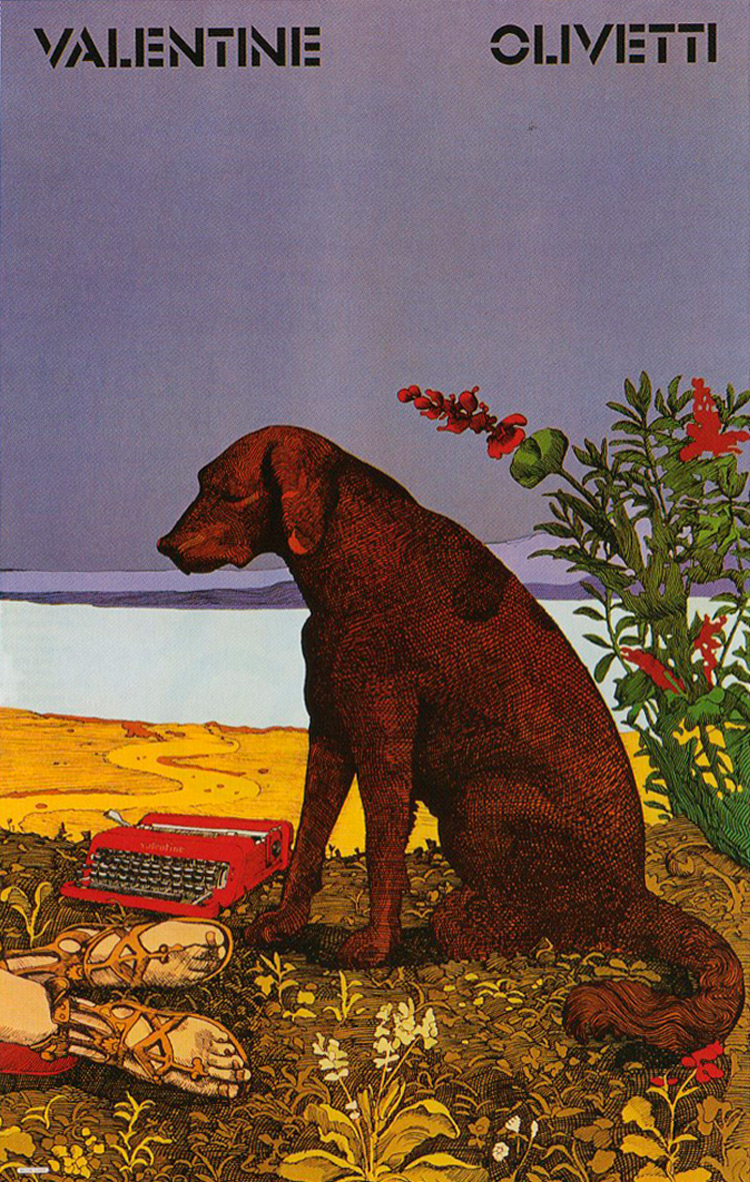
5. Saul Bass

His name is in some of the best credits in history for his compositions in films for Alfred Hitchcock (Psycho, North by Northwest) and Martin Scorsese (Goodfellas) among others. You could say Saul Bass introduced movement a rhythm into graphic design, predicting the importance of motion graphics to the visual arts. As if that wasn’t enough, Bass is also responsible for some of the world’s most celebrated film posters and some of the best known corporate logos of all time.
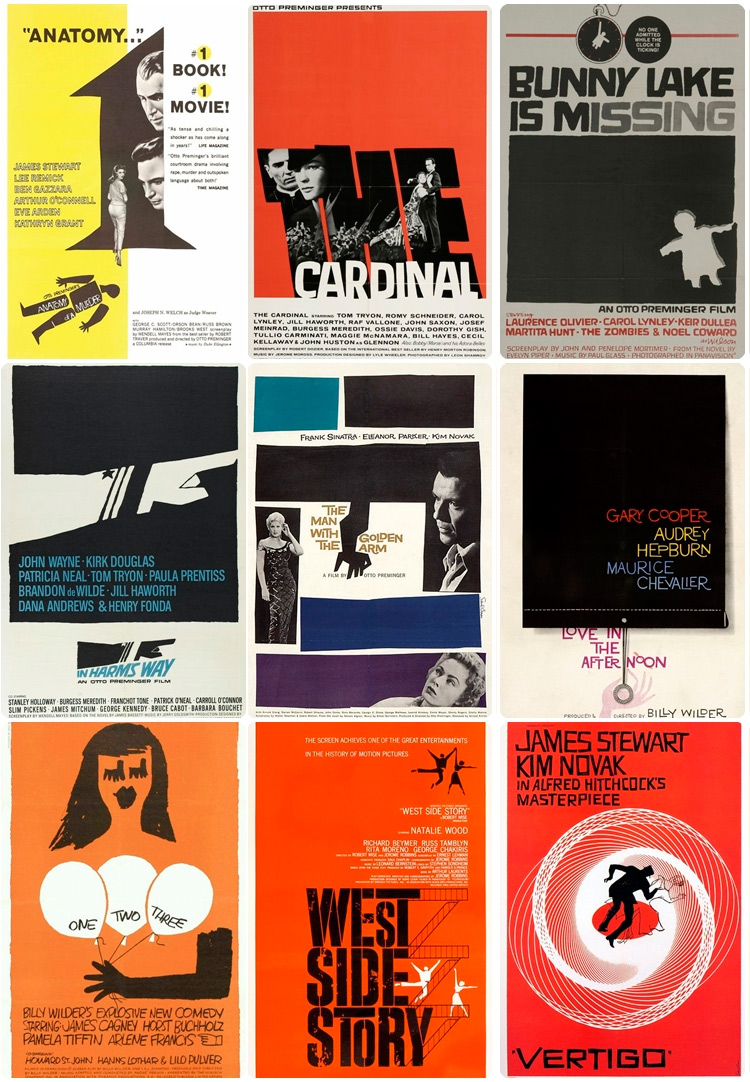
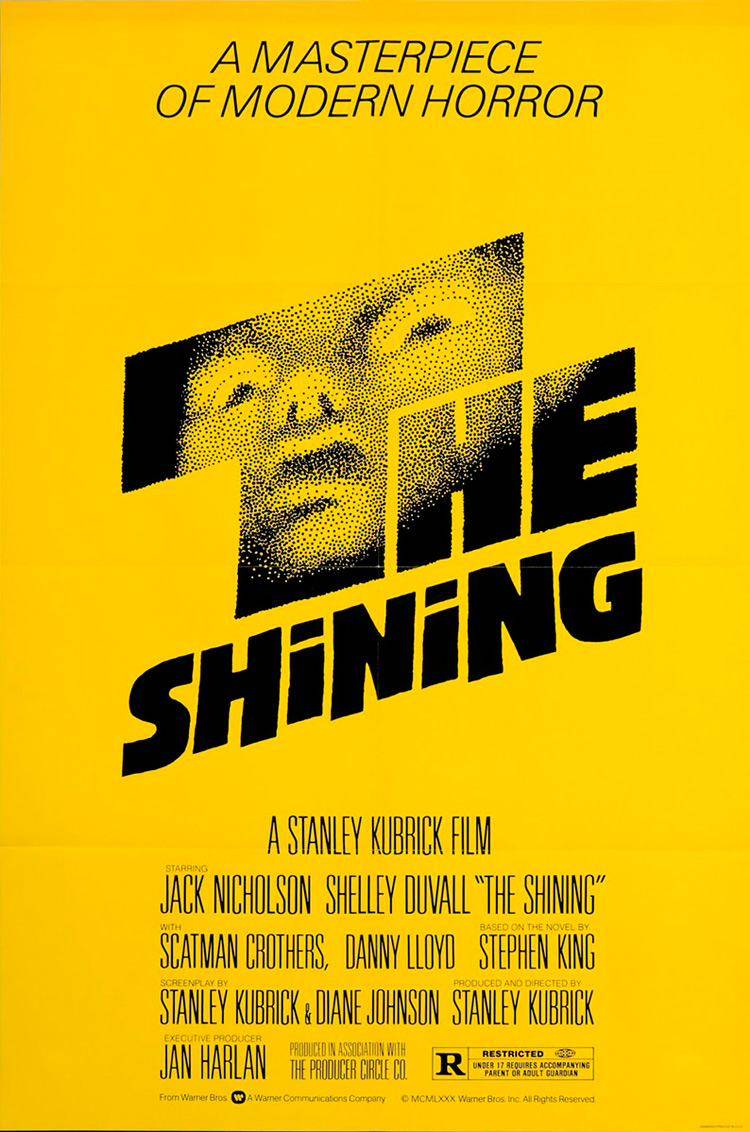



Saul Bass' title sequences for Alfred Hitchcock from MovieTitles on Vimeo.
There you have it: the list of the 5 most influential designers from the 19th century, a summary of five lives dedicated to this profession that we love so much. It would not be what it is today without the work of these five visionaries.

